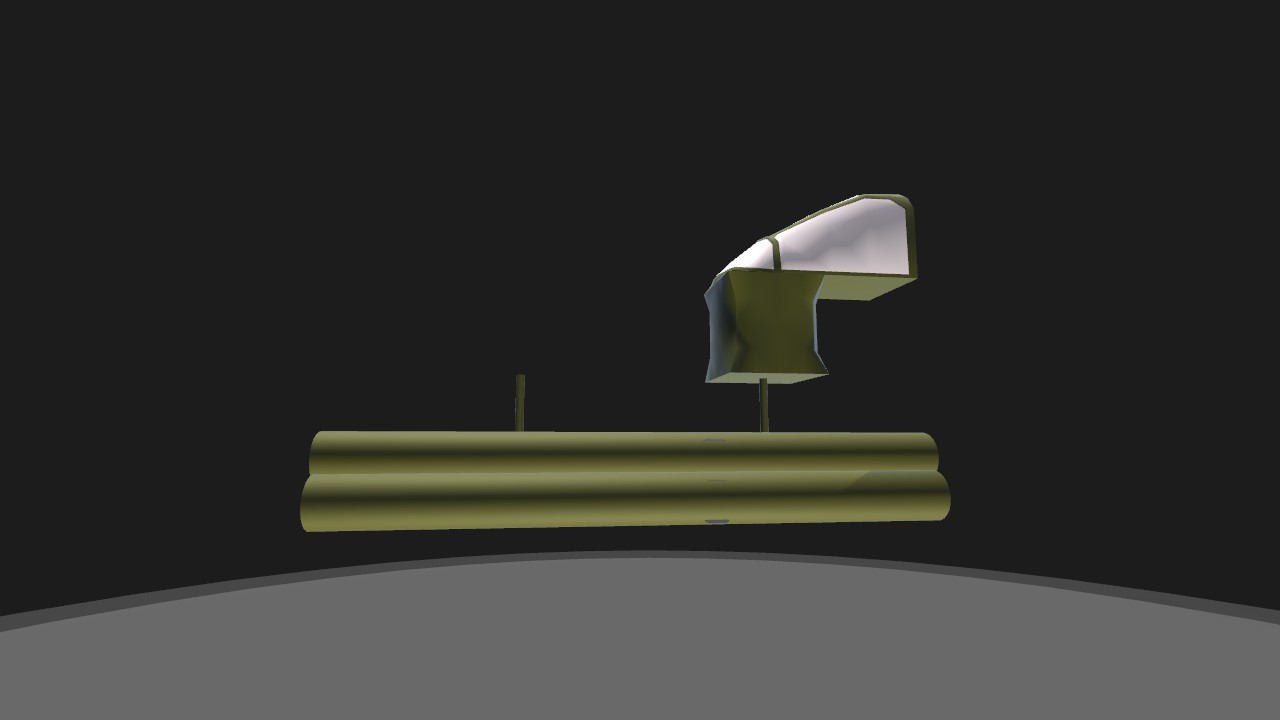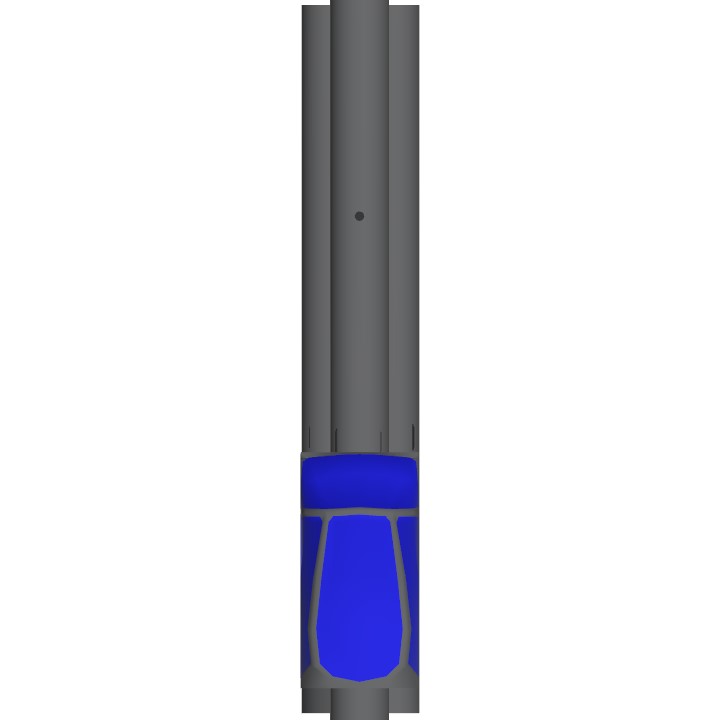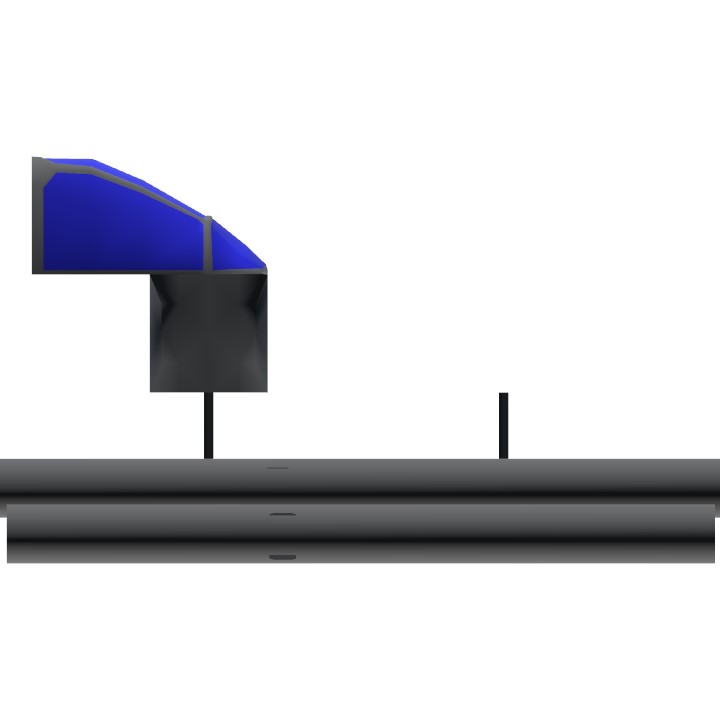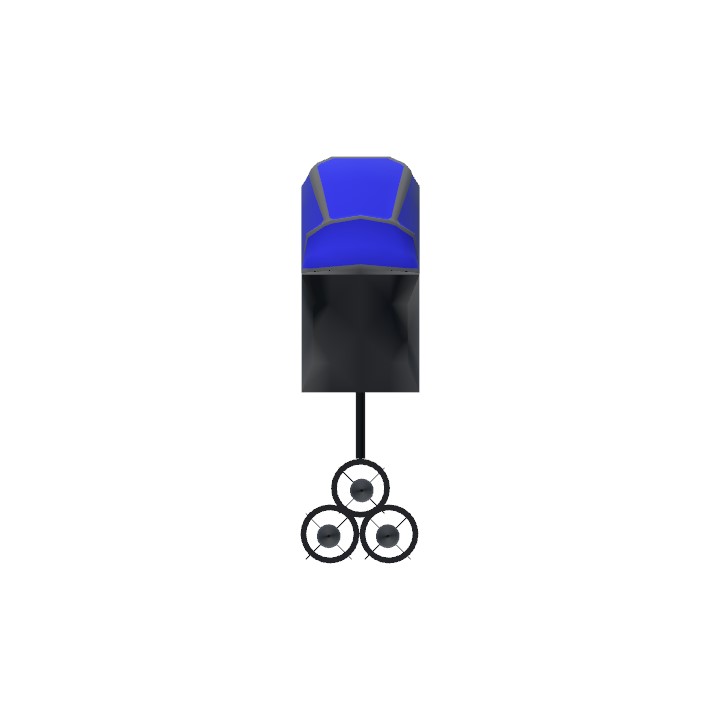The M8 was a 4.5-inch (114 mm) rocket developed and used by the United States military during World War II. Produced in the millions, it was fired from both air- and ground-based launchers; it was replaced by the M16 rocket in 1945

The first modern research into military solid-propellant rockets in the United States was conducted by Colonel Leslie Skinner at the Aberdeen Proving Ground in 1932. Little interest was shown by the US Armed Forces however, until the introduction of a British anti-aircraft rocket;[4] both nations exchanged their research data before the United States entered World War II.[5]
The M8 rocket was developed by the National Defense Research Committee and the Army Ordnance Department in the early 1940s[6] at Picatinny Arsenal.[7]

The specifications were agreed in the summer of 1941 after examining equivalent British rockets. Skinner produced the first prototypes which were tested at Aberdeen that fall, improvised from old fire extinguisher tanks for rocket casings, thereby determining the 4.5 inch diameter.[8] It was stabilized by base-hinged flip-out fins on the tail, a system patented by Edgar Brandt in 1930[9] (and also used on German R4M rocket), which proved less than satisfactory for ground-launched rockets as their initial low velocity and resulting low fin forces led to wandering in the first moments of flight.[10] (Modern implementations of this system like the RPG-7 grenade launcher spin the projectile before leaving the tube to prevent that.)
Original priority was given to an air-to-ground version. Confidence in the initial results was so high that the USAAF had ordered 3,500 rockets before any had been actually fitted to an aircraft and it was hoped to have them operational in time for Operation Torch, the invasion of North Africa, in October 1942. The successful launch of an M8 from a Curtiss P-40E fighter on 6 July 1942 resulted in a procurement order for 600,000 units. Development began on a reloadable launcher that could be fitted in the bomb bay of a Douglas A-20 bomber, but this never became operational. There were considerable problems with the propellant, the fuses and the underwing launching tubes, all of which considerably delayed operational deployment.[8]
The initial production model was given the Army designation of M8; improvements resulted in the M8A3, with a more powerful rocket engine and enlarged fins,[3] and the T22, which had improved reliability and modifications to make the rocket safer.[6]

Posted November 23 2024
Free to use (but when you do, please mention me)
First part.
Specifications
Spotlights
- WritersCrusadersAirCo2 4 months ago
General Characteristics
- Created On iOS
- Wingspan 1.7ft (0.5m)
- Length 10.0ft (3.1m)
- Height 5.7ft (1.7m)
- Empty Weight 711lbs (322kg)
- Loaded Weight 711lbs (322kg)
Performance
- Wing Loading N/A
- Wing Area 0.0ft2 (0.0m2)
- Drag Points 554
Parts
- Number of Parts 12
- Control Surfaces 0
- Performance Cost 40





Aircraft used
P-51D by @Hedero
P-47 by
@Nanta02
Maus by @WritersCrusadersAirCo2
Haven’t been active lately, many things had to be done in my life.
FYI: I GOT A NEW PHONE, (iPhone 16)